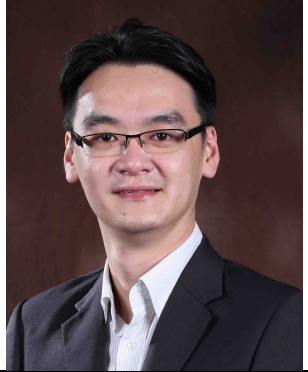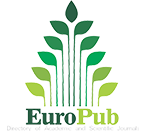New Materials for Hybrid Membrane Synthesis for Environmental Applications



Special Issue Information
Dear Colleagues,
The demand for membrane and membrane processes is increased at significant rate year by year. A report revealed that the global membrane market is expected to grow from USD 6.99 billion in 2021 to USD 11.46 billion by 2029 at a compound annual growth rate (CAGR) of 6.5% in the forecast period. Currently, the polymeric membranes are dominating the market share mainly owing to its lower material cost and ease of fabrication compared to the ceramic membranes. However, the advantages of using inorganic filler in improving the characteristics of polymer-based membranes such as hydrophilicity/hydrophobicity, surface charge, antifouling properties, etc have opened new opportunities for the membrane applications. Polymer/inorganic membranes also known as hybrid membranes are currently receiving great attention from the scientists. Depending on the characteristics of the inorganic fillers, promising results were reported not only on the membranes for water and wastewater treatment but also for greenhouse gas separation and sustainable energy production.
Topics of interest include (but are not limited to):
• Recent development of functional inorganic/organic materials for membrane synthesis
• Computational modelling and simulation of new materials in improving membrane process
• Interaction between inorganic nanomaterials and polymeric matrix during membrane fabrication
• Surface modification/coating of membranes using newly synthesized materials
• Performance evaluation of hybrid membranes for water and gas separation
• Design of advanced composite membranes for sustainable energy production
• Hybrid membrane upscaling and optimization
We would like to invite you to contribute a paper (technical or review type) to this special issue. We look forward to receiving your contributions.
Guest Editor
Associate Professor Dr Woei Jye Lau
Dr Nur Hashimah Alias
Dr Mahesan Naidu Subramaniam









